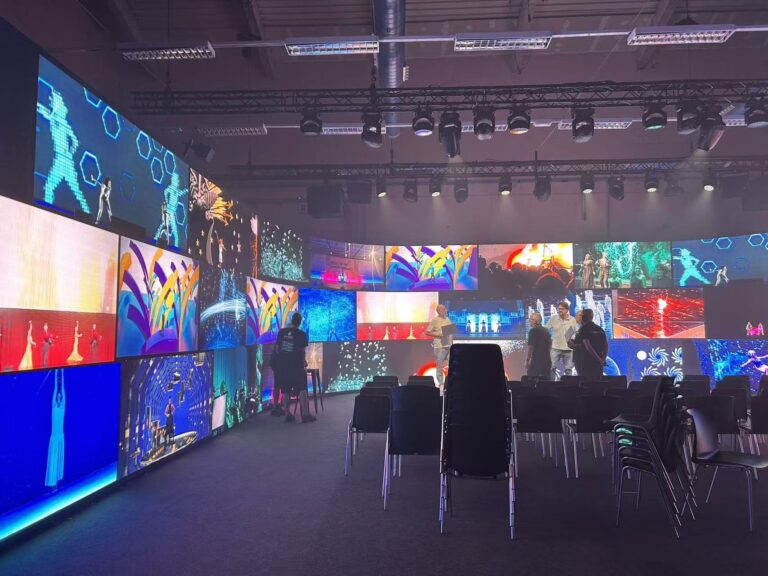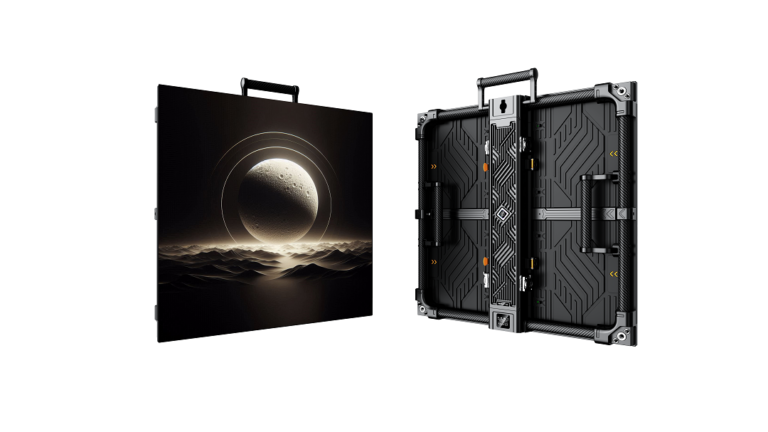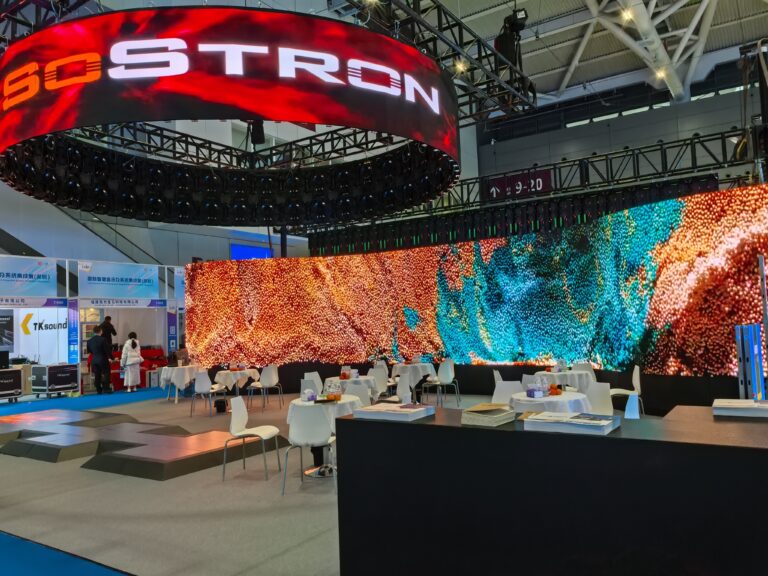Table of Contents
- Global LED Billboard Market Analysis
- Types of Outdoor Street Billboards
- Outdoor Street Billboard Pricing
- How Much Do Outdoor Street Billboards Cost?
- Who Are Billboard Ads Suitable For?
- How to Choose a Billboard Location
- Frequently Asked Questions about Billboards
With the continuous advancement of technology, LED billboards have evolved from traditional static advertisements into the mainstream technology of today’s advertising industry. They have become an indispensable component of the global advertising market. With their exceptional visual effects, flexible content display, and efficient energy utilization, LED billboards have become powerful tools for brand promotion. From bustling city commercial areas to crowded transportation hubs, LED billboards are ubiquitous, providing advertisers with vast opportunities for market promotion.
This article will delve into the global LED billboard market, discussing the types, pricing, target audiences, and location selection for street billboards. It will help advertisers gain a deeper understanding of the market trends, technological developments, and investment value of LED billboards.

1. Global LED Billboard Market Analysis
Market Size and Trends:
According to the latest report by Global Market Insights, the global LED billboard market is steadily growing, and it is projected to surpass $18 billion by 2027. The Asia-Pacific and North American regions are the key drivers of market growth. The Asia-Pacific region, due to rapid economic development and strong demand for infrastructure construction, has become the core market for global LED billboard applications.
Application Scenarios:
LED billboards are used in a variety of settings, including city commercial districts, transportation hubs, tourist attractions, sports venues, and exhibitions. Whether for large-scale brand promotions or real-time event information delivery, LED billboards, with their dynamic and interactive features, have seen widespread use. Particularly in global festive events and sporting competitions, LED billboards play an irreplaceable role as a core medium of communication.
Successful Cases:
Notable examples include the LED billboards in Times Square, New York, Shibuya, Tokyo, and Leicester Square, London. These billboards not only bring significant exposure to advertisers but also become iconic landmarks, contributing to urban culture and tourism.
Technological Development:
As technology advances, the resolution, color accuracy, and brightness of outdoor LED billboards have continuously improved. The integration of intelligent technologies now provides advertisers with opportunities for flexible and customized content. In the future, the combination of AI and IoT technologies will allow LED billboards to adapt advertising content based on audience data feedback, thus achieving more precise ad placements.
2. Types of Outdoor Street Billboards

- Large LED Displays: These screens are typically installed in high-footfall commercial districts or transportation hubs such as city squares and in front of large shopping malls. Due to their size and visual impact, large LED displays are ideal for extensive brand promotions and large-scale advertising campaigns.
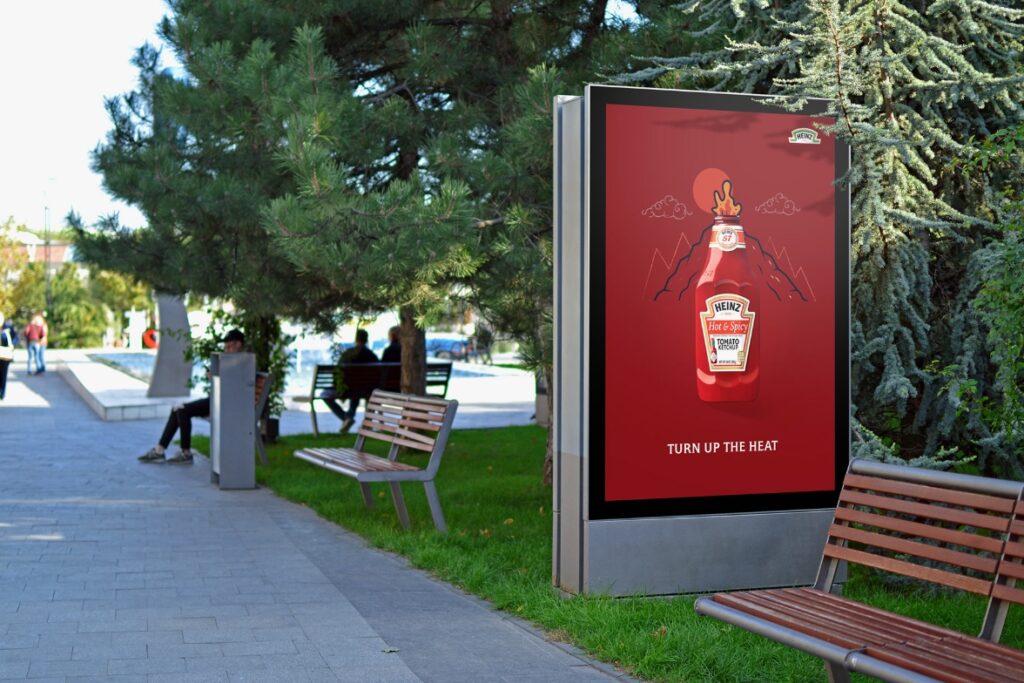
- LED Advertising Light Boxes: Smaller in size than large displays, LED advertising light boxes are suitable for smaller street advertisements, often found on streets, bus stops, subway stations, and other areas. They offer flexibility and cost advantages.

- LED Dot Matrix Displays: Dot matrix screens are widely used for displaying traffic information, public city management notices, and other real-time public information. Due to their low energy consumption and clear, concise display capabilities, dot matrix displays are common in public information dissemination.
3. Outdoor Street Billboard Pricing
Outdoor Street billboard pricing is influenced by various factors, including size, installation location, display technology, and rental period. Based on market surveys:
- Fixed Installation LED Billboards: The initial investment typically ranges from $5,000 to $100,000, depending on the size, resolution, and market demand of the chosen location.
- Rental Billboards: Rental fees are more flexible and usually calculated on a monthly basis, ranging from $1,200 to $20,000 per month. Rental billboards are most commonly found in commercial centers and transportation hubs.
- Maintenance Costs: LED billboards generally have low maintenance costs, but for high-end large displays or those in high-use environments, the maintenance cost can increase. Annual maintenance fees typically range from $2,000 to $5,000.
4. How Much Do Outdoor Street Billboards Cost?
Taking Times Square in New York as an example, the rental price for an outdoor LED billboard there ranges from $20,000 to $100,000 per month. In less prominent locations, the rental cost for smaller billboards can range from $1,500 to $3,000 per month. The price of a billboard is generally determined by its geographic location, surrounding foot traffic, and frequency of ad display.
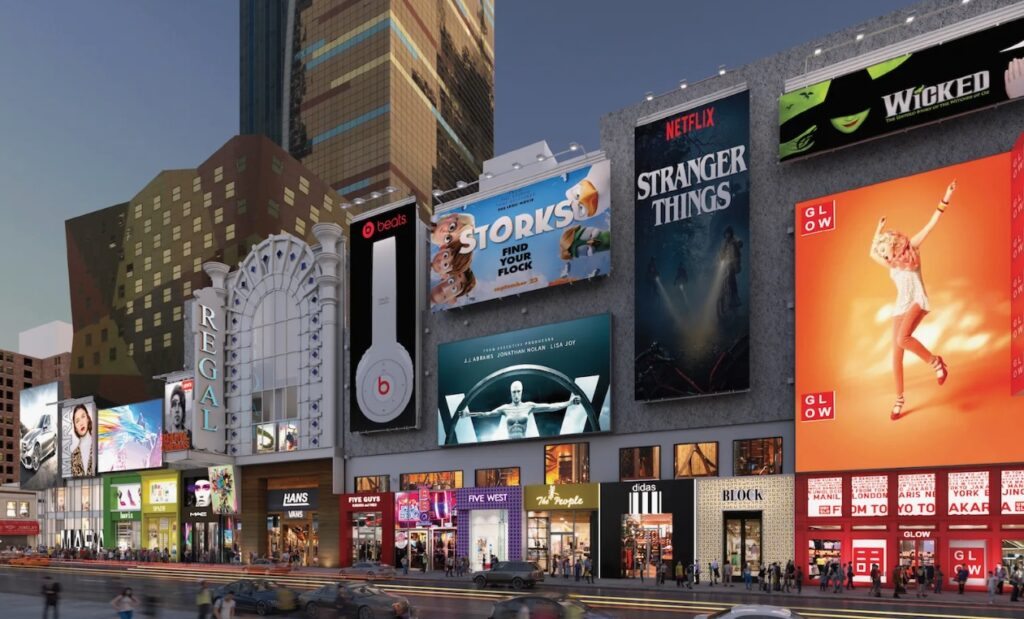
5. Who Are Billboard Ads Suitable For?
LED billboard advertising is suitable for all industries, especially those targeting mass audiences for brands, events, and services. The following sectors are particularly well-suited for promoting via LED billboards:
- Retail Industry: Retailers can use LED billboards to showcase discounts, new product launches, or brand stories, attracting more consumers.
- Food and Beverage Industry: Restaurants, fast food chains, and cafes can display menus, promotions, and events on LED billboards, increasing customer engagement.
- Entertainment Industry: Concerts, sports events, and movie premieres often rely on LED billboards to effectively capture the attention of their target audience. Sports LED scoring board: an indispensable technology for professional events.
6. How to Choose a Billboard Location
Choosing the right location for a billboard is critical to the success of an ad campaign. Here are some key factors to consider:
- Foot Traffic: High-traffic areas such as commercial centers, busy streets, and transportation hubs are the most ideal locations for LED billboards.
- Surrounding Environment: When selecting a billboard, consider the competition in the area. Multiple similar ads may dilute the impact, so a precise market analysis is essential.
- Audience Characteristics: Choose a billboard location based on the behavior and needs of the target audience. For example, a brand targeting younger consumers may be best placed near universities or entertainment centers.
7. Frequently Asked Questions about Billboards
Q: What is the lifespan of an LED billboard?
A: Typically, LED billboards can last over 10 years. The exact lifespan depends on the usage environment and the quality of the screen. Regular maintenance and timely replacement of aging components can significantly extend the life of the billboard.
Q: Are LED billboard maintenance costs high?
A: Maintenance costs are usually low. However, if the billboard is exposed to harsh weather conditions or is used intensively, maintenance costs may increase. Regular checks and preventative repairs can lower long-term maintenance expenses.
Q: How should I choose a billboard location?
A: When selecting a location, prioritize areas where your target audience is most likely to gather, such as commercial districts, transportation hubs, and tourist attractions. Also, take into account competition in the area and the potential exposure the location offers. Here is the role and application of the LED video wall of the transportation hub.
Conclusion
With the continuous advancement of LED advertising technology, the global advertising market will continue to evolve toward digital, interactive, and intelligent platforms. LED billboards, with their exceptional visual appeal and flexible content delivery, are becoming the new trend in advertising. In the future, as market demand continues to rise, LED billboards will see broader applications globally. For advertisers, choosing the right billboard type and location, as well as accurately targeting their audience, will be key to maximizing the effectiveness of their advertising campaigns.


